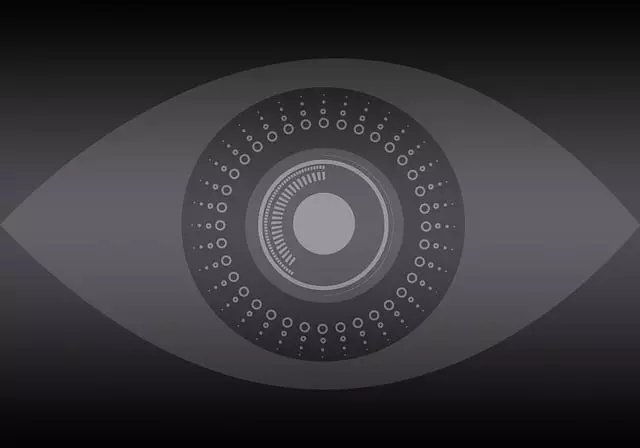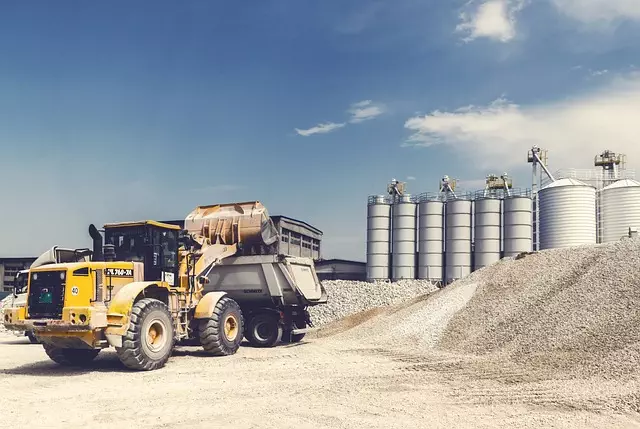Industrial hygiene in the aerospace industry is crucial for maintaining safe working conditions, focusing on hazard recognition and assessment to identify risks like toxic chemical exposure, noise, and ergonomic issues. Key practices include exposure monitoring, which quantifies employee exposure levels to hazardous substances, guiding the development of personal protective equipment (PPE) and engineering controls. By embracing robust industrial hygiene practices, aerospace companies protect worker health, meet regulatory requirements, and foster a safer work environment, ultimately enhancing overall productivity.
The aerospace industry, renowned for its innovation and high-performance standards, faces unique challenges regarding worker safety. This article delves into crucial aspects of industrial hygiene, exploring how ensuring safe working conditions can mitigate risks in aircraft manufacturing and maintenance. We discuss hazard recognition and assessment as a proactive approach, highlighting the importance of exposure monitoring strategies to track employee risks. Additionally, we provide insights on addressing industry concerns through best practices and future directions, focusing on innovations and regulatory updates in industrial hygiene practices for aerospace workers.
- Industrial Hygiene in Aerospace: Ensuring Safe Working Conditions
- – The significance of industrial hygiene in the aerospace industry
- – Common hazards identified in aircraft manufacturing and maintenance
- Hazard Recognition and Assessment: A Proactive Approach
Industrial Hygiene in Aerospace: Ensuring Safe Working Conditions
Industrial Hygiene in the aerospace industry plays a critical role in ensuring safe working conditions for employees. This involves thorough hazard recognition and assessment to identify potential risks, such as exposure to toxic chemicals, noise, or ergonomic hazards associated with heavy machinery operation. By meticulously evaluating these factors, companies can implement effective control measures to minimize risks.
Exposure monitoring is a key component of industrial hygiene practices in aerospace. Regular testing and surveillance help quantify employee exposure levels to various hazardous substances, including metal fumes, welding gases, and noise. This data guides the development of appropriate personal protective equipment (PPE) and engineering controls, ensuring that workers are protected from harmful exposures throughout their shifts.
– The significance of industrial hygiene in the aerospace industry
Industrial hygiene plays a pivotal role in ensuring the health and safety of workers in the aerospace industry. With the presence of various hazardous materials, including toxic chemicals, metals, and even extreme temperatures, it’s essential to implement robust industrial hygiene practices. Hazard recognition and assessment are critical first steps; identifying potential risks associated with specific tasks or materials allows for targeted measures to mitigate these hazards.
Exposure monitoring is another key component. Regularly measuring and evaluating worker exposure to harmful substances helps in implementing effective control strategies and ensuring compliance with safety regulations. By adopting these practices, the aerospace industry can foster a safer working environment, reduce occupational diseases, and enhance overall productivity by prioritizing the well-being of its workforce.
– Common hazards identified in aircraft manufacturing and maintenance
The aerospace industry, renowned for its cutting-edge technology and sky-high ambitions, faces unique challenges when it comes to worker safety. Aircraft manufacturing and maintenance involve a complex interplay of materials, machinery, and processes that can give rise to various hazards. From exposure to toxic substances during production to the intricate tasks of repair and overhaul, ensuring industrial hygiene is paramount.
One of the primary concerns is hazard recognition and assessment. Common risks include noise-induced hearing loss from powerful equipment, respiratory issues due to the handling of composite materials or metal fumes, and even ergonomic injuries from repetitive tasks. Regular exposure monitoring is essential to identify these hazards early and implement effective control measures. By adopting robust industrial hygiene practices, the aerospace industry can safeguard its workers, maintain high-quality standards, and contribute to safer flights for all.
Hazard Recognition and Assessment: A Proactive Approach
In the aerospace industry, where safety is paramount, adopting a proactive approach to hazard recognition and assessment is essential. This involves a comprehensive evaluation of potential risks associated with aircraft manufacturing, maintenance, and operation. By implementing robust industrial hygiene practices, companies can ensure the well-being of their workforce and adhere to stringent regulatory standards. Hazard recognition includes identifying substances, environments, or processes that may pose health risks, such as exposure to toxic chemicals, noise, or ergonomic hazards.
Assessment involves evaluating the severity and likelihood of these hazards, which guides the implementation of effective control measures. Regular exposure monitoring is a critical component, allowing for continuous evaluation of worker safety. This proactive strategy enables aerospace organizations to mitigate risks before they escalate, fostering a safer work environment and reducing potential liabilities.


